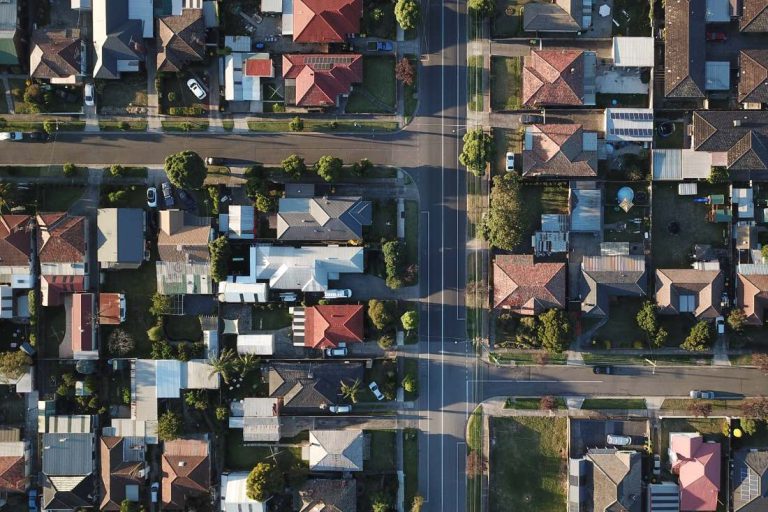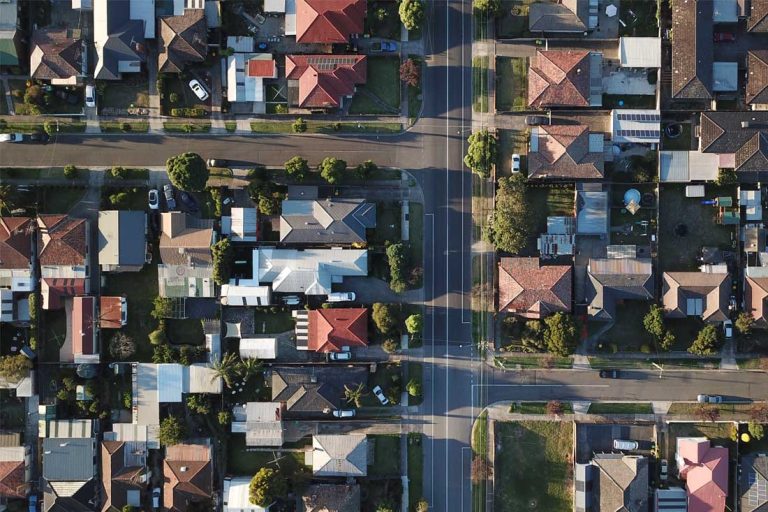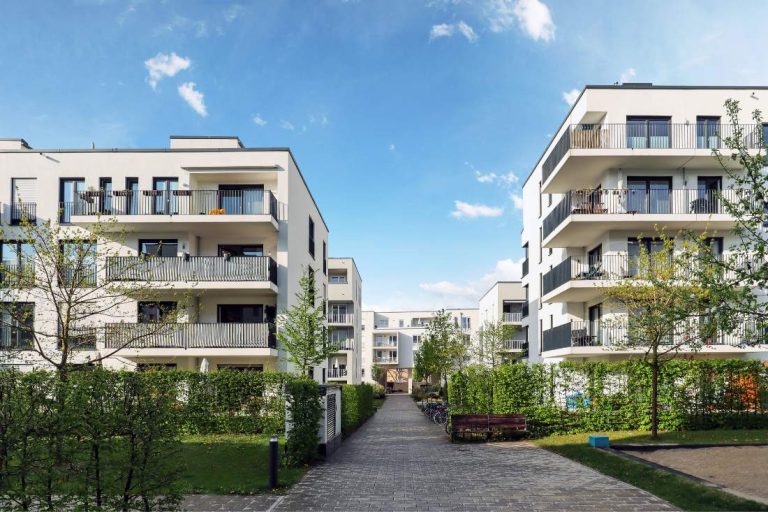What’s tipped for house prices in 2024?

If buying a home is at the top of your wish list for 2024, don’t miss our rundown on how the property market has fared in 2023 – and why the new year is shaping up as potentially another big…

If buying a home is at the top of your wish list for 2024, don’t miss our rundown on how the property market has fared in 2023 – and why the new year is shaping up as potentially another big…

First home buyers with a small deposit now have an even wider range of lenders to choose from. We reveal the latest banks to join the 5% deposit scheme that’s helping more buyers get into the market sooner. First home…

If the November rate hike will seriously stretch your finances, one potential solution may be to extend your loan term. It can ease the hip pocket pain by lowering monthly repayments. But taking more time to pay off your mortgage…

The Reserve Bank of Australia (RBA) has increased the official cash rate by 25 basis points, taking it to 4.35%. So just how much will this year’s Melbourne Cup day rate hike increase your monthly repayments? Some more tough news…

Mortgage brokers have notched up a new personal best, with seven out of every 10 new mortgages settled thanks to their help! It’s a sure sign that mortgage brokers are delivering the goods when it comes to helping Australians move…

No matter whether you’re in the market for a home or an investment property, it makes financial sense to buy in an area where values are tipped to rise. But where to look? Today we’ll unveil the Australian cities where…

Not sure what refinancing is all about? You’re not alone. Our quick explainer lets you master the basics and helps you work out how much you could save. Home loan refinancing is a hot topic right now. Ever since interest…

Know anyone who wants to buy their first home? A new report confirms that low deposit schemes are getting younger buyers into a place of their own sooner. First home buyers are ignoring headlines warning that it can take years…

Property prices have soared almost 7% this year alone. With the upswing predicted to continue, we unpack what’s driving national housing values higher – and why it could pay to get into the market sooner. Another month, another round of…

Apartments stand out as an affordable choice when it comes to cracking the property market, not to mention downsizing. But a looming shortage may soon push unit values higher. For many of us, buying a house on its own block…